Below you’ll find haunted places in and around around Essex with history about their spiritual activity. In most places we’ve visited, we’ve heard noises, seen orbs and sometimes even experienced physical contact or objects being moved.
We often run ghost hunting events at some of the most haunted places throughout the UK. If you'd like more information visit our events page.
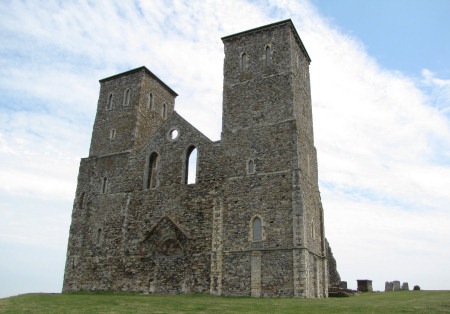
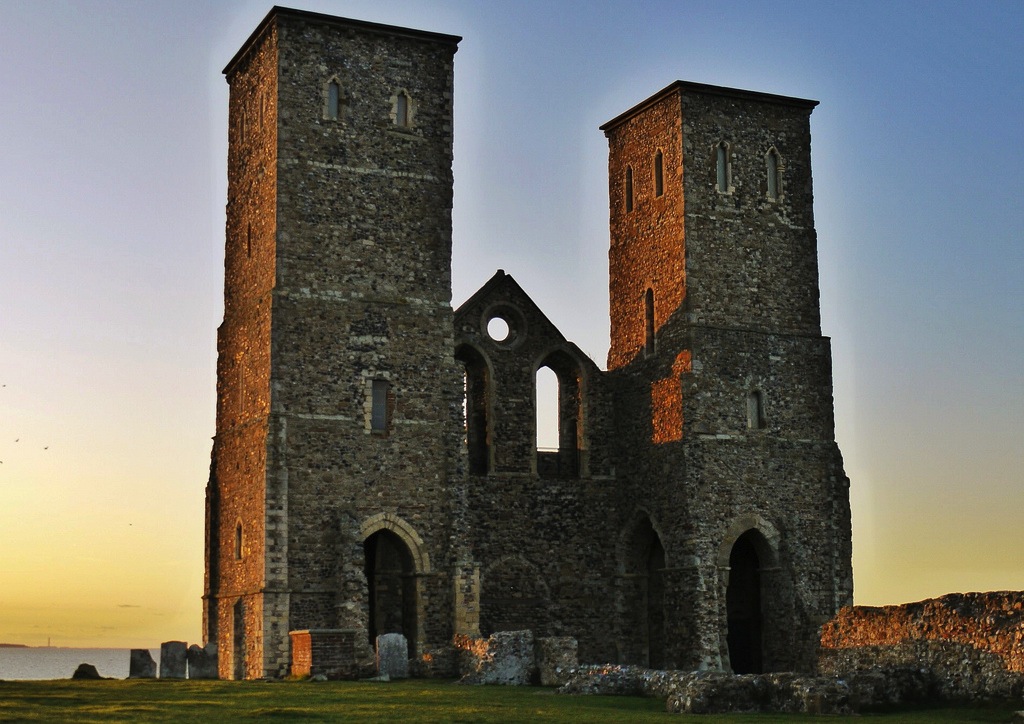
The Reculver Towers are all that remain of a Saxon church, St. Mary’s. Located near Herne Bay, the church was part of a Roman fort which guarded one end of the Wantsum Channel. The fort was built around 210 AD, whilst the church was constructed in 669 AD. The church was demolished in 1809, as it was thought it would collapse into the sea. However, the two towers were kept as a landmark for shipping. It is reported that back in the middle ages ships would dip their sails as they sailed passed the Church as a sign of respect.
The two towers are also known as “The Two Sisters” after two nuns from the Faversham Abbey. Frances, the Abbess, had recently recovered from a serious illness, and accompanied by Isabella, they set off on a pilgrimage by boat, to the shrine at Broadstairs. Off the coast of Reculver they became grounded on a sand-bank, Isabella shortly died from exposure but Frances survived. In memory of her sister, Frances had the church restored and had a wooden spire added to each stone tower.
The church is said to be haunted by the sounds of children screaming and crying. Which is in relation to the young skeletons, which were found during excavations during the 1960?s. There are also reports of a monk, a middle aged woman, galloping horses and even a guard.
Hey, like this? Why not share it with a buddy?
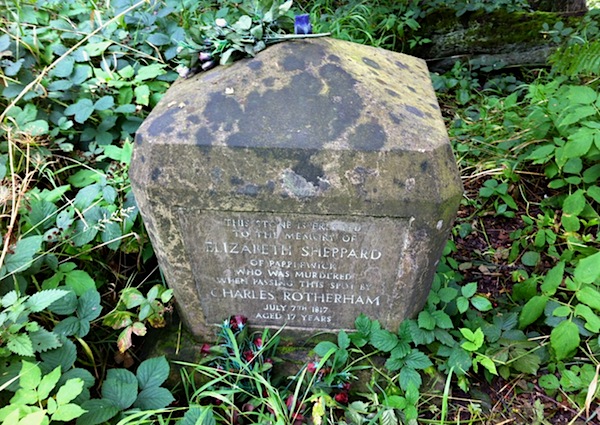
Harlow Woods is situated in Mansfield, Nottinghamshire, it is a vast wooded area near the A617 and the A60. On 7th…
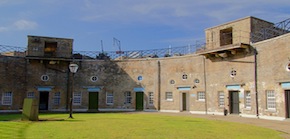
Harwich Redoubt Fort was constructed between 1808 and 1810 to protect the port of Harwich against the threat of…
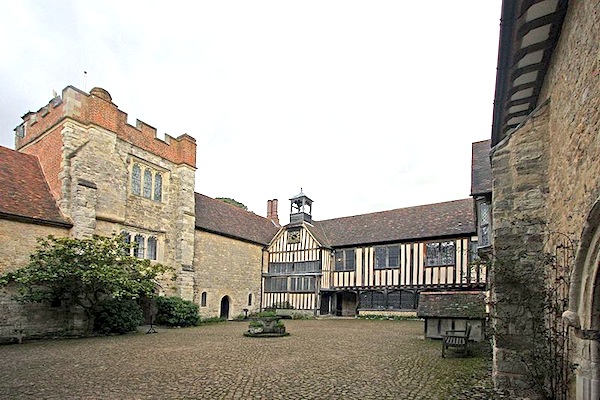
Ightham Mote is a manor house situated in Sevenoaks, Kent. The manor house was built in the fourteenth century and…